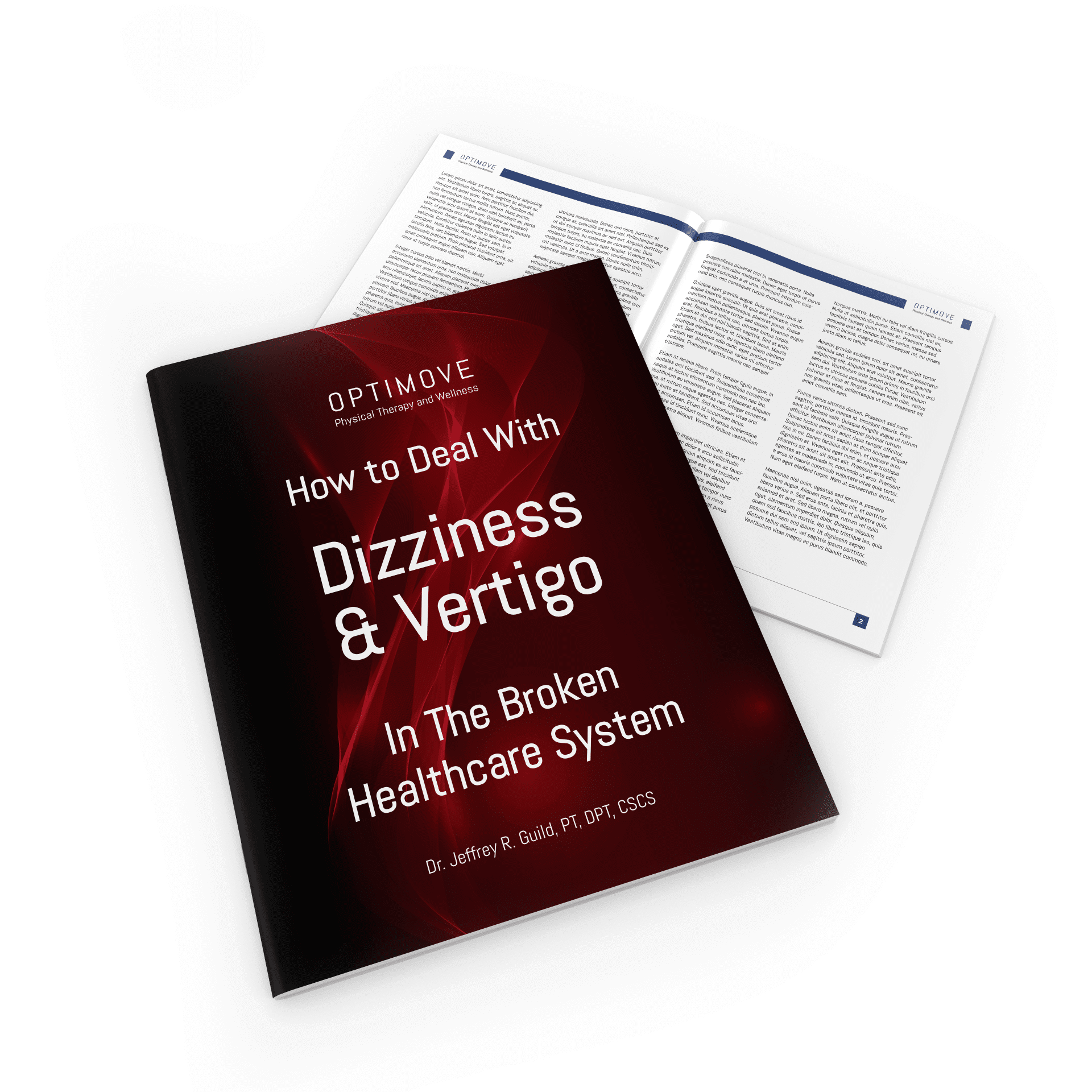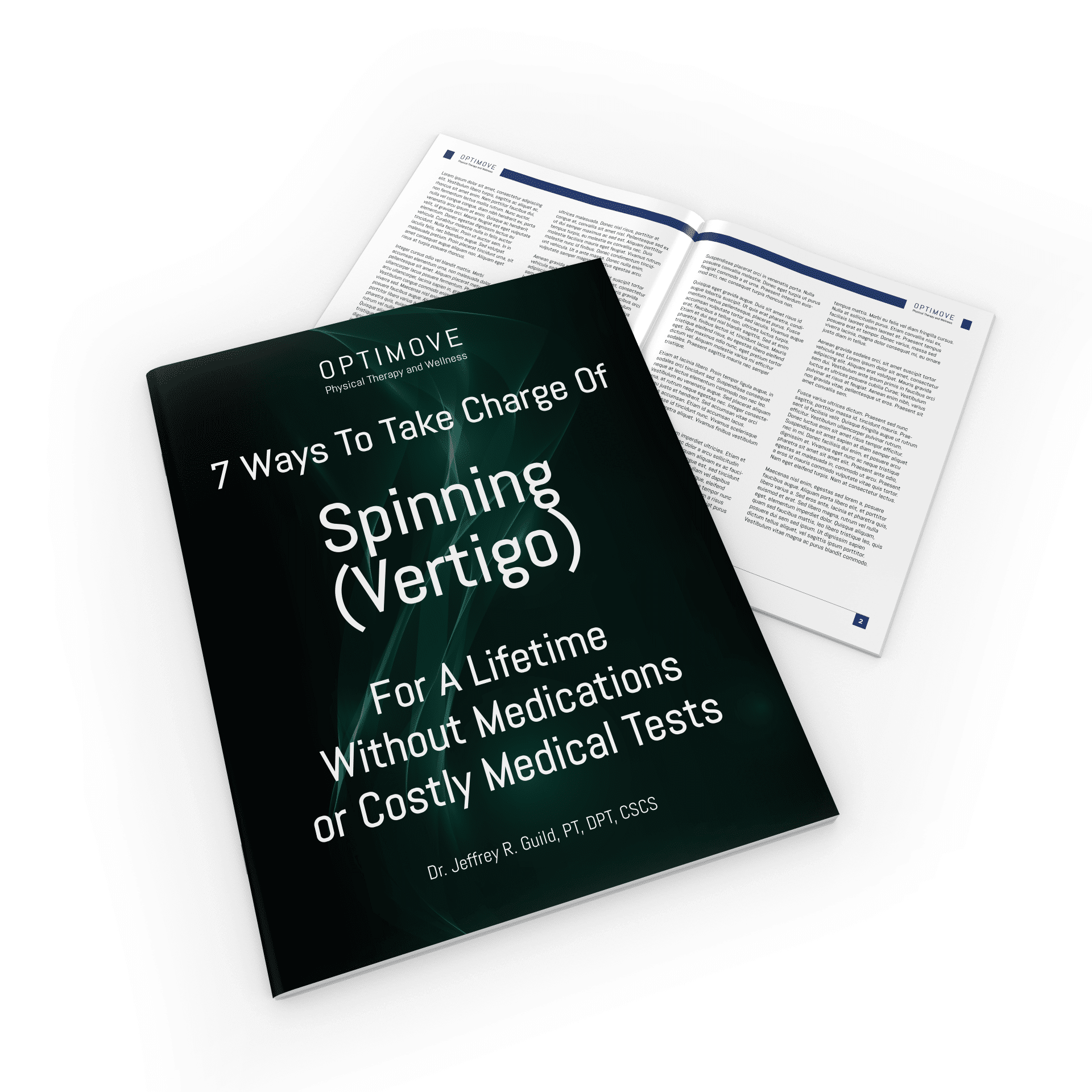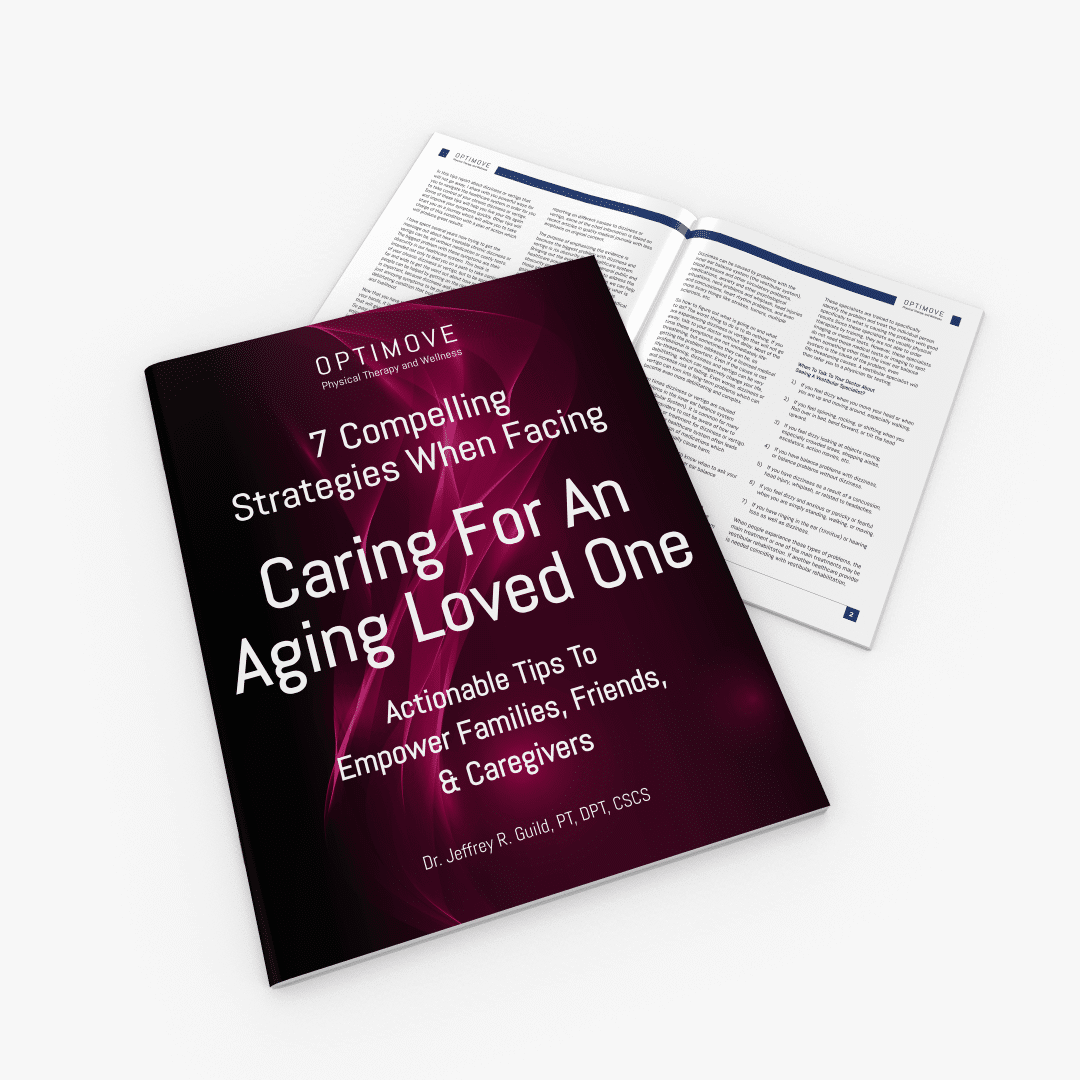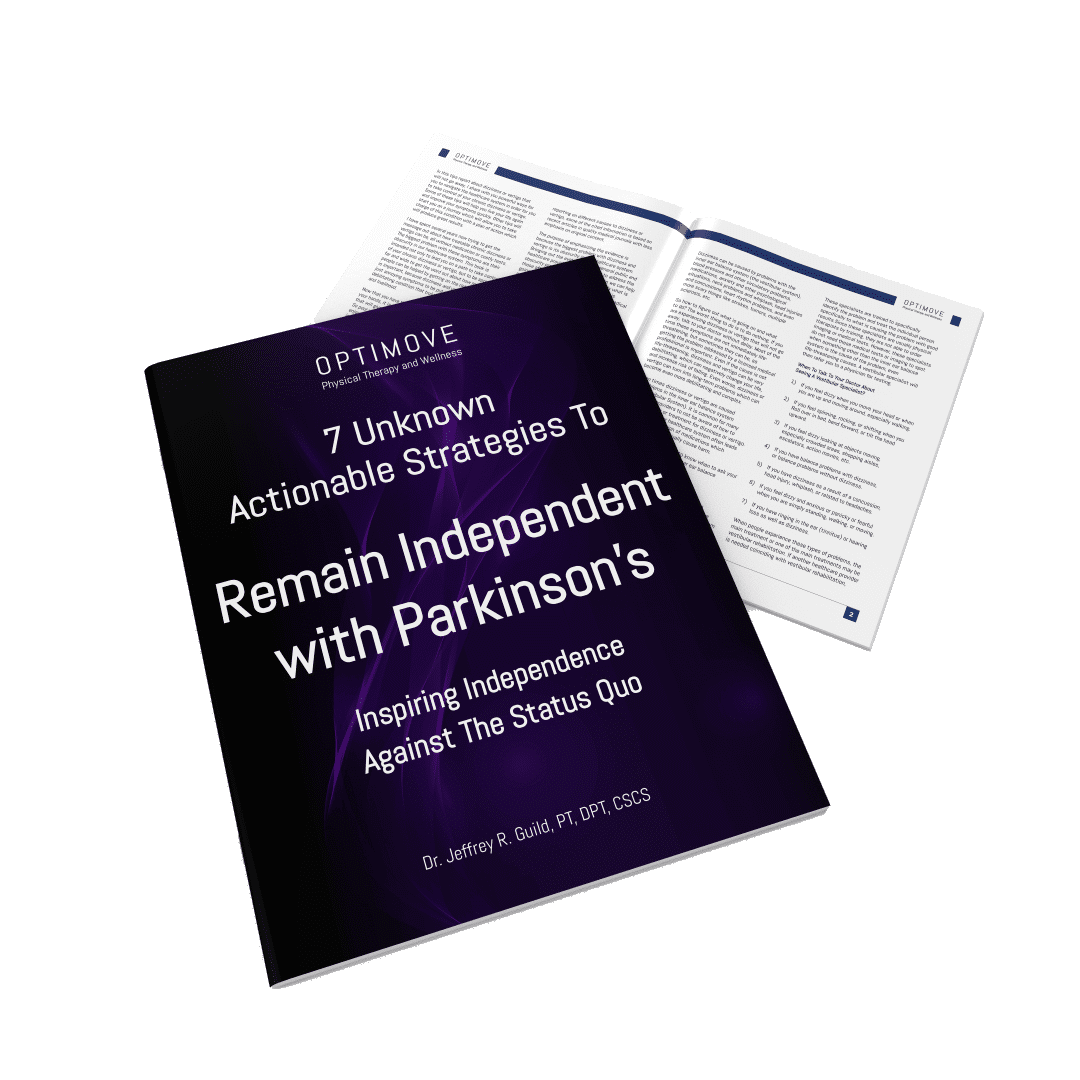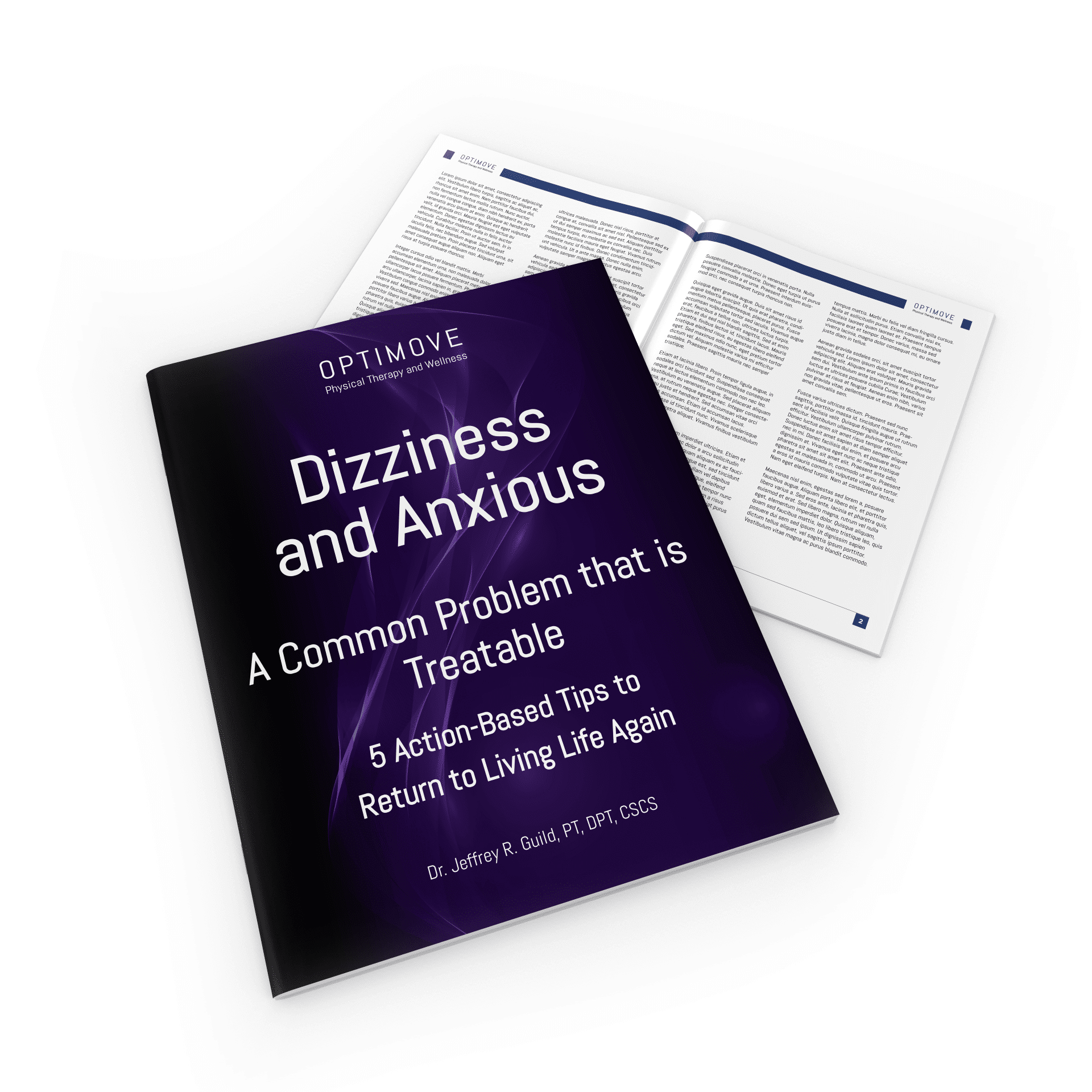- EXERCISE 4-5 DAYS PER WEEK
- Exercise by itself reduces common symptoms associated with MS including fatigue,1-5 spasticity,1 endurance1, quality of life,1,5 balance,1,2 and reduced depression.2
- Exercise will help prevent decline and improve balance in 2 ways
- Improved mood2 to promote living life.1,5
- Decreases inflammation, to prevent progress of multiple sclerosis itself.
- OPTIMIZE YOUR WALKING DEVICE
- Do you need one?
- What do YOU need RIGHT NOW? (Cane, walker, rollator, etc.)
- Correct height? Do you know how to use it? Everything working well?
- Is it realistic and accessible? Do you need modifications for YOU? If you cannot easily use your walking device you will not be well balanced.
- HAVE YOUR SPECIFIC BALANCE SYSTEMS CHECKED [Inner Ear Balance System (Vestibular System) & Proprioception (Knowing Where Your Legs Are In-Space)].
- It is common to have inner ear balance (vestibular) problems with or without dizziness with multiple sclerosis.6
- Proprioception (Knowing where your legs are in-space) is a commonly missed problem in all populations, but so important for our balance.
- Once this information is known, good decisions and treatments can be made.
- The vestibular systems specifically is treatable with multiple sclerosis!7-9
- WALK, WALK, WALK
- General exercise is great. If you want to be better balanced, you’ve got to walk.
- ADDRESS PROBLEMS RELATED TO MULTIPLE SCLEROSIS SPECIFIC TO YOU
- Ankle-Foot Orthosis for drop foot?
- Does spasticity need to be addressed with stretching or botox to help you move better?
- Does one leg need to be strengthened to improve your balance?
- Does depression need to be addressed with exercise, diet, or medication with guidance from your doctor?
- Does cognition and/or memory need to be addressed? (Neurological Psychology, Speech Therapy, Physical Therapy).
- WALK FASTER
- In general, we are all better balanced when we walk faster.10-12
- This is due to specific mechanical reasons during the walking cycle.13,14
- Walking faster will give you confidence, which will then help you balance better.12,13
- AVOID FURNITURE OR WALL WALKING
- This trains your body to depend on your hands for balance instead of your legs. If your legs need assistance to be safe, you may need a cane or walker. Check with a Physical Therapist.
- By depending on your legs, your balance will improve because your body will balance itself every day on its own without help.
- Furniture walking will result in physical decline.
- Physical decline13 and the perception of physical decline15 with multiple sclerosis will make your balance worse. Make your balance better by using your body normally to balance itself.
- CHECK YOUR BONE HEALTH
- Low bone mineral density is associated with, and possibly a cause of the vestibular system (Inner ear balance system) not working correctly.16,17
- Vitamin D deficiency is associated with getting vertigo18,19 and treating vitamin D deficiency reduces the risk of getting vertigo again.20
- IF YOU FALL, SEEK TREATMENT FROM A REHABILITATION PROFESSIONAL
- Half of those with multiple sclerosis will fall over a 6 month period.21,22
- A very small percentage of those with multiple sclerosis who have fallen will received any type of fall assessment from a rehabilitation professional, even after the fall.23
- EDUCATE YOURSELF ABOUT MULTIPLE SCLEROSIS
- You may discover a treatment you didn’t know about that will help you move and balance better.
- You may discover a new organization that can help.
- You may find a different healthcare provider that can help you more for what you need.
- You may eat better, live healthier, decrease inflammation, prevent progression of the disease.
- Educating ourselves gives us a sense of empowerment, which will change the way you strut, which will help your balance.
References
- Tarakci E, Yeldan I, Huseyinsinoglu, BE, Zeenginler Y, Eraksoy M. Group exercise training for balance, functional status, spasticity, fatigue, and quality of life in multiple sclerosis: a randomized controlled trial. Clinical Rehabilitation. 2013;27:813-822
- Ahmadi A, Arastoo AA, Nikbakht M, Zahednejad S, Rajabpour M. Comparison of the Effect of 8 weeks Aerobic and Yoga Training on Ambulatory Function, Fatigue and Mood Status in MS Patients, Iranian Red Crescent Medical Journal. 2013;15:449-454
- Heine M, van de Port I, Rietberg MB, van Wegen EE, Kwakkel G. Exercise therapy for fatigue in multiple sclerosis. Cochrane Database Syst Rev. 2015;11(9).
- Asano M, Finlayson ML. Meta-Analysis of Three Different Types of Fatigue Management Interventions for People with Multiple Sclerosis: Exercise, Education, and Medication, Multiple Sclerosis International. 2014.
- Dalgas U, Stenager E, Jakobsen J, Petersen T, Hansen HJ, Knudsen C., et al. Fatigue, mood and quality of life improve in ms patients after progressive resistance training, Multiple Sclerosis.2010;16:480-490.
- Zeigelboim BS, Arruda WO, Mangabeira-Albernaz PL, Iorio MC, Jurkiewica AL, Martins-Bassetto J, et al. Vestibular findings in relapsing, remitting multipole sclerosis: a study of thirty patients. Int Tinnitus 2008;14(2):139-145.
- Frohman EM, Zang H, Dewey RB, Hawker KS, Racke MK, Frohman TC. Vertigo in MS: Utility of positional and particle repositioning maneuvers. Neurology. 2000;55:1566-1568.
- Ozgen G, Karapolat H, Akkoc Y, Yuceyar N. Is customized vestibular rehabilitation effective in patients with multiple sclerosis? A randomized controlled trial. European Journal of Physical and Rehabilitation Medicine. 2016;52(4):466-478.
- Hebert JR, Corboy JR, Manago MM, Schenkman M. Effects of Vestibular Rehabilitation on Multiple Sclerosis-Related Fatigue and Upright Postural Control: A Randomized Controlled Trial. Phys Ther. 2011;91:1166-1183
- Callisaya ML, Blizzard L, Schmidt MD. A population-based study of sensorimotor factors affecting gait in older people. Age Ageing. 2009; 38:290-5.
- Rodacki ALF, Souza RM, Uginowitsch C, Cristopoliski F, Fowler NE. Transient effects of stretching exercises on gait parameters of elderly women. Manual Ther. 2009;14:167-72.
- Gianni C, Prosperini L, Jonsdottir J, Cattaneo D. A systematic review of factors associated with accidental falls in people with multiple sclerosis: a meta-analytic approach. Clin Rehabil. 2014;28(7):704-716.
- Kirkwood RN, Souza Moreira B, Vallone MLDC, et al. Step length appears to be a strong discriminate gait parameter for elderly females highly concerned about falls: a cross-sectional observational study. Physiotherapy. 2011; 97:126-31.
- Verghese J, Holtzer R, Lipton RB, Wang, C. Quantitative Gait Markers and Incident Fall Risk in Older Adults. J Gerontol A Biol Sci Med Sci. 2009 64A:896-901.
- Gunn HJ, Newell P, Haas B, Marsden JF, Freeman JA. Identification of Risk Factors for Falls in Multiple Sclerosis: A Systematic Review and Meta-Analysis. Phys Ther. 2013;93:1-31.
- Bigelow RT, Semenov YR, Trevino C, Ferrucci L, Resnick SM, Simonsick EM, Xue QL, Agrawal Y. Association Between Visuospatial Ability and Vestibular Function in the Baltimore Longitudinal Study of Aging. J Am Geriatr Soc. 2015;63(9):1837-1844.
- Singh NK, Jha RH, Gargeshwari A, Kumar P. Altered auditory and vestibular functioning in individuals with low bone mineral density: a systematic review. Eur Arch Otorhinolaryngol. 2018;275:1-10
- Han W, Fan Z, Zhou M, Guo X, Yan W, Lu X, Chen C, Wu Y. Low 25-hydroxyvitamin D levels in postmenopausal female patients with benign paroxysmal positional vertigo. Acta Oto-Laryngologica. 2018;138:5,443-446
- Jeong SH, Kim JS, Shin JW, Kim S, Lee H, Lee AY, Kim JM, Jo H, Song J, Ghim Y (2013) Decreased serum vitamin D in idiopathic benign paroxysmal positional vertigo. J Neurol. 2013;260(3):832–838.
- Talaat HS, Kabel AMH, Khaliel LH, Abuhadied G, El-Rehem HA, El-Naga A. Reduction of recurrence rate of benign paroxysmal positional vertigo by treatment of severe vitamin D deficiency. Auris Nasus Larynx. 2016; 43: 237-241
- Gunn HJ, Newell P, Haas B, Marsden JF, Freeman JA. Identification of Risk Factors for Falls in Multiple Sclerosis: A Systematic Review and Meta-Analysis. Phys Ther. 2013;93:1-31.
- Finlayson ML, Peterson EW, Cho CC. Risk factors for falling among people aged 45 to 90 years with multiple sclerosis. Arch Phys Med Rehabil. 2006;87(9):1274-1279.
- Fritz NE, Eloyan A, Baynes M, Newsome SD, Calabresi PA, Zackowski KM. Distinguishing among multiple sclerosis fallers, near-fallers and non-fallers. Multiple Sclerosis and Related Disorders. 2018;19:99-104.


